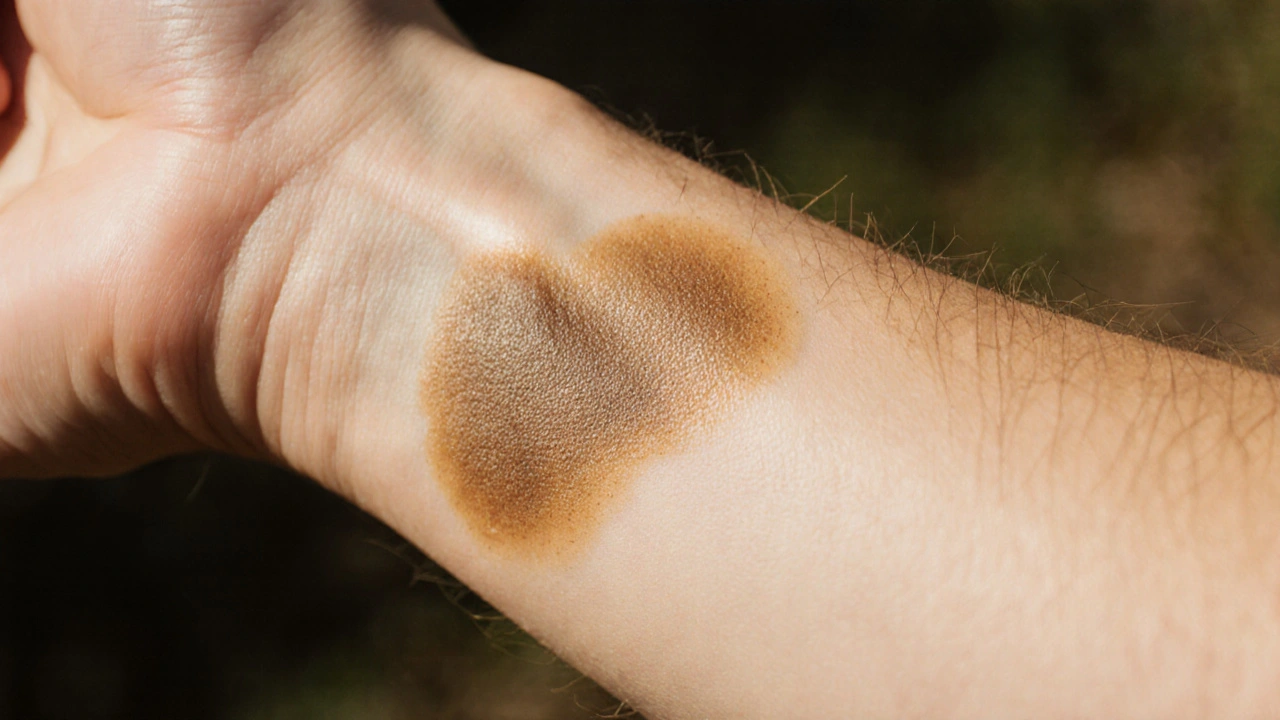Fungal Skin Discoloration: What You Need to Know
When dealing with fungal skin discoloration, most people picture patchy spots on the arms or torso that just won’t fade. In plain terms, it’s a change in skin color caused by a yeast or mold living on the surface. Also known as cutaneous fungal hyperpigmentation, this condition can range from mild uneven tones to stark white or brown patches that grab attention. Tinea versicolor is the classic example – a harmless yeast that thrives in warm, humid skin, disrupting melanin production and leaving a speckled look.Fungal skin discoloration isn’t just cosmetic; it can signal an underlying imbalance that needs attention.
How It Happens and Why Diagnosis Matters
Understanding the root cause starts with the fact that antifungal medication is the main tool to restore normal color. These drugs, whether topical creams like clotrimazole or oral pills such as terbinafine, target the fungal cells and stop them from interfering with pigment. But before any treatment, doctors often perform a skin biopsy or a simple Wood’s lamp exam to confirm the presence of fungus. The diagnostic step is crucial because other conditions—like vitiligo or eczema—can look similar. By confirming the fungal origin, clinicians can choose the right medication and avoid unnecessary steroids that might worsen the infection.
Once the fungus is identified, the treatment plan usually follows a two‑step approach: clear the infection first, then manage any lingering color differences. Topical antifungals work well for mild cases, while moderate to severe discoloration often needs oral therapy for a few weeks. After the fungus is gone, moisturizers loaded with zinc or vitamin C can help even out tone, and some dermatologists recommend gentle chemical peels to speed up pigment recovery. The articles below dive into specific drugs like Lamisil, compare over‑the‑counter options, and answer common questions about side effects and prevention. Ready to see which solutions fit your skin type? Keep reading to explore the full range of resources curated for you.
